Newcastle United supporters are moving into another winter still unsure about one of the biggest issues surrounding the club: the long-term future of St James’ Park. Despite being told that clarity would arrive in “early 2025,” fans remain without real answers, and with every passing month, the uncertainty grows louder.
While Euro 2028 has secured the stadium’s immediate place on the national stage, it has not solved the deeper questions about what comes next for the historic home of the Magpies.
For decades, debates about what to do with St James’ Park have simmered in the background, but Newcastle’s rapid rise under new ownership has forced those conversations forward.
Some supporters believe modern football demands a new, world-class stadium that can serve a growing global fanbase. Others argue fiercely that the club’s soul is tied to the famous ground nestled in the heart of the city, and that leaving or radically altering it would break a piece of Tyneside history.
Both sides present convincing arguments, and the tension between heritage and ambition is shaping one of the most emotional discussions in Newcastle’s recent memory.
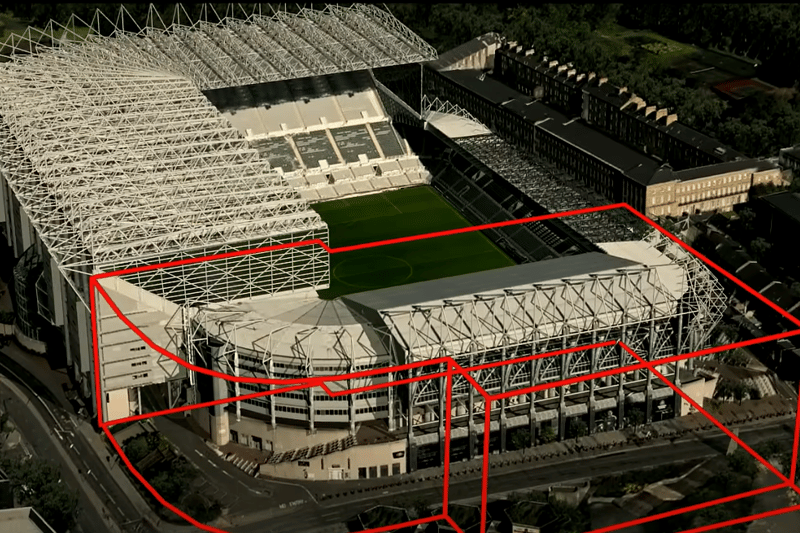
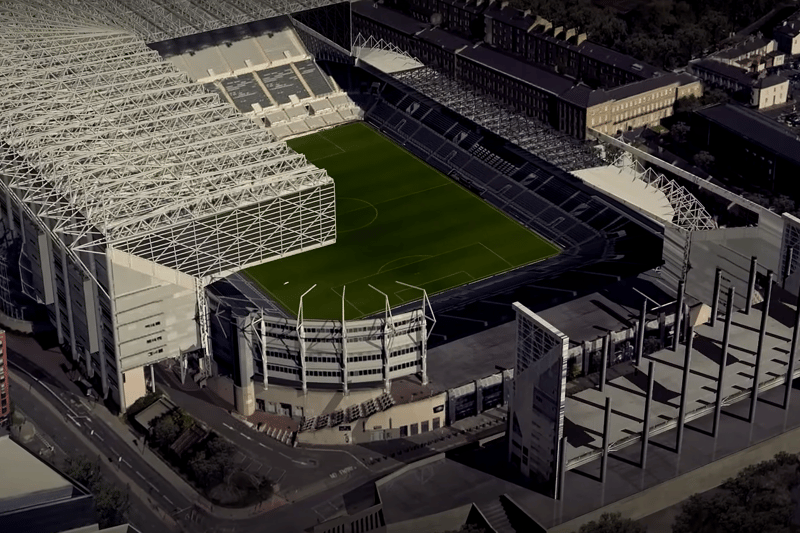
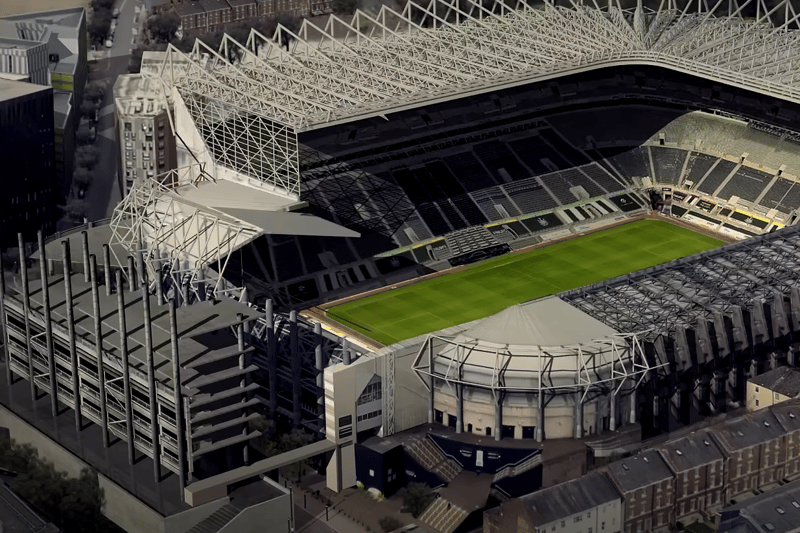
When UEFA officially confirmed that St James’ Park would host matches during Euro 2028, it offered a brief sense of relief. The stadium will remain central to major football events, and its presence will continue to dominate the Newcastle skyline for years to come.
But many fans feel uneasy that external organizations like UEFA seem to have more influence over the venue’s short-term destiny than the club’s own supporters. After 145 years of the stadium standing proudly at the center of Newcastle life, people want clearer communication from those in charge.
The situation has been complicated further by growing pressure from local preservation groups. Save Newcastle Wildlife has raised objections to any proposal that threatens green spaces such as Leazes Park, a cherished part of the community.
At the same time, the city council has reassured residents that nothing has been finalized, though that has done little to reduce speculation. Every idea whether an expanded stand or a completely new stadium seems to spark both excitement and backlash in equal measure.
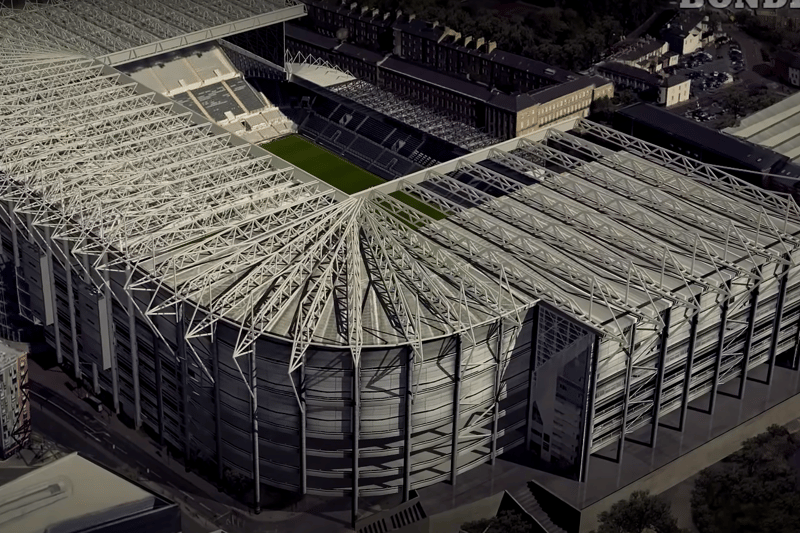
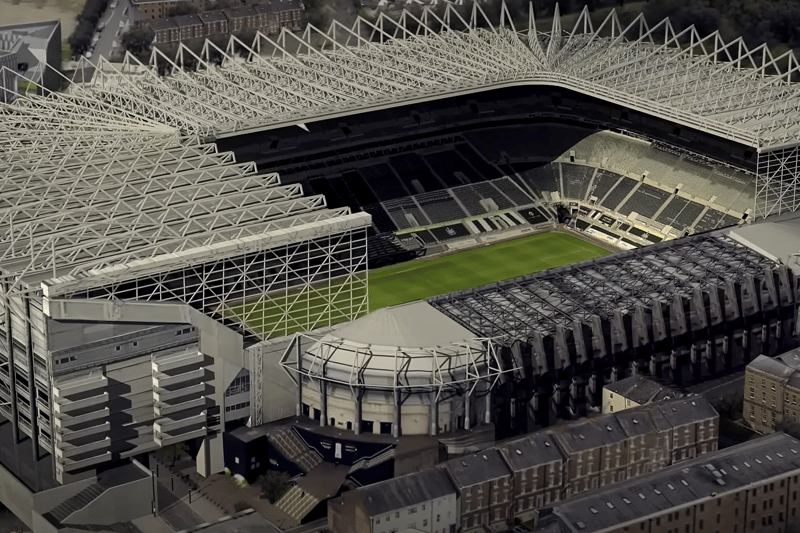
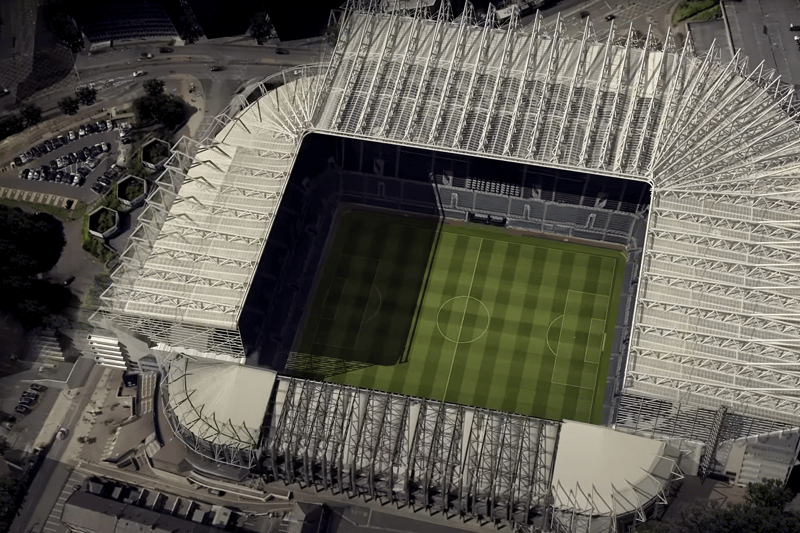
In the middle of all this uncertainty, Newcastle’s newly appointed CEO David Hopkinson offered a revealing hint about his own view. Speaking to fans, he emphasized the value of clubs remaining deeply connected to the heart of their cities.
He described how iconic arenas around the world Scotiabank Arena in Toronto, the Bernabéu in Madrid, Madison Square Garden in New York are woven directly into the fabric of their communities.
In his words, St James’ Park shares that same energy and identity, and its location contributes to the passion Newcastle supporters feel for their team. His comments, while careful, implied that any future plan should respect how much the stadium means to the city and the people who fill it.
However, new complications arose when a report from The Daily Mail suggested that the club’s ownership group, PIF, would not fully finance any rebuild of St James’ Park.
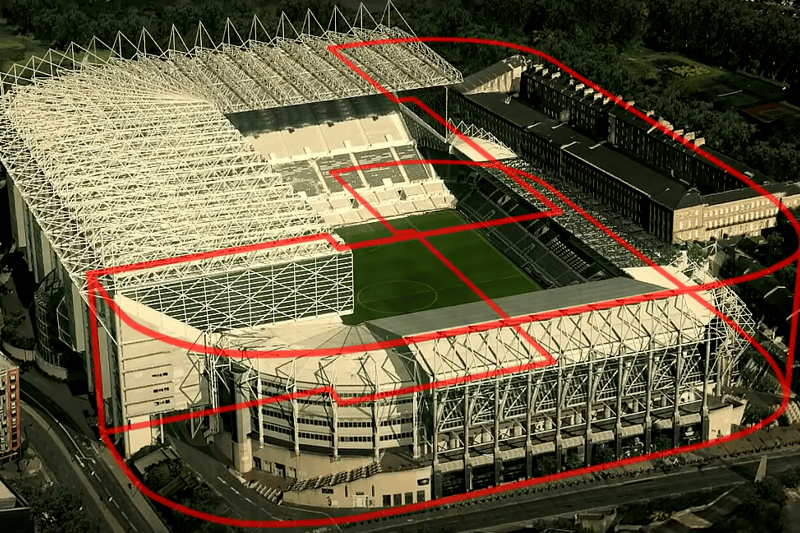
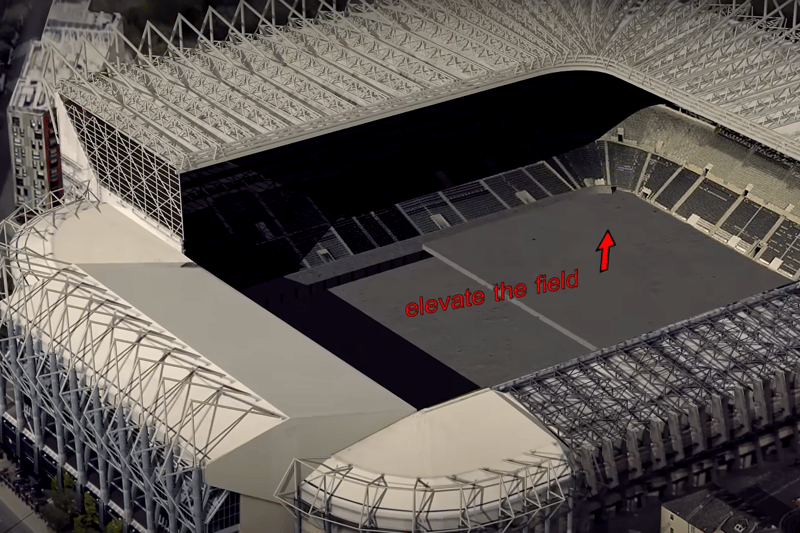
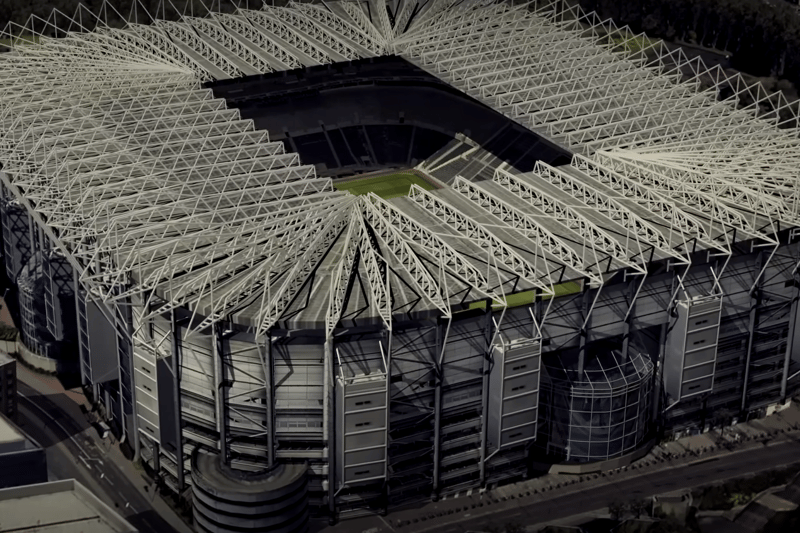
Instead, the article claimed that the owners would only cover part of the costs, with the remainder taken on as club debt. While this is far from the same situation Manchester United faced under the Glazers, the idea of taking on heavy borrowing unsettled fans already wary of damaging the club’s progress. A massive loan could affect budgets, limit transfer spending, or slow down the sporting project Newcastle is trying to build.
Amid this uncertainty, one person has captured the imagination of supporters with striking and detailed visual ideas. Stadium concept designer and 3D animator Damian Bosio, known for his Bondibot YouTube channel, created several ambitious designs that show how Newcastle could modernize or rebuild their home.
One suggestion imagines the Gallowgate End expanded upward to match the towering Milburn and Leazes stands, which would significantly increase capacity. This concept would require the stadium to extend over the road into Strawberry Place, an area the club has recently purchased, making it a realistic option.
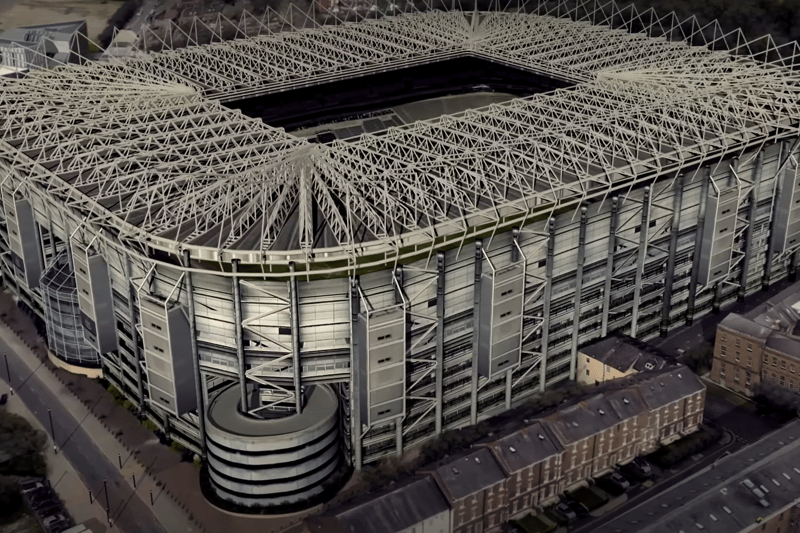
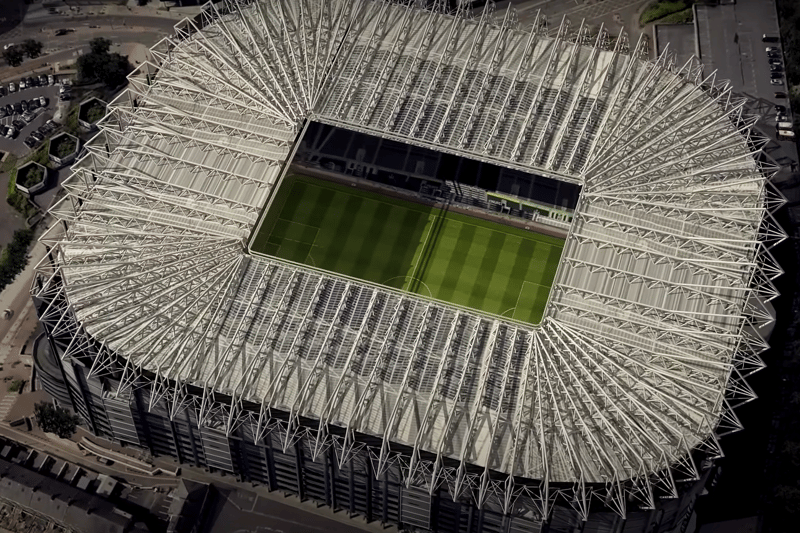
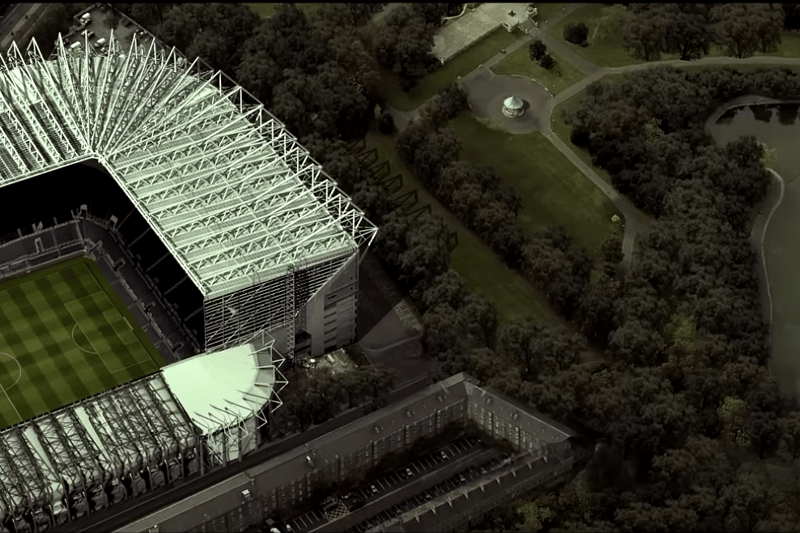
Another design goes even further by moving the pitch itself, creating more room to expand both the Gallowgate and East Stand. This bold plan shows a reshaped interior that keeps listed buildings and conservation areas intact, although real-world architectural studies would be needed to determine whether that is actually possible.
Bosio’s third idea is the most dramatic, presenting a completely new stadium built partly on Leazes Park. This concept has the potential to transform Newcastle’s matchday experience but also carries major legal, environmental, and political challenges, especially given the resistance from preservation groups.
Bosio’s visuals spark imagination: a raised pitch that opens space for symmetrical stands, a stadium with uniform height all around, and crowd capacity pushing well beyond 60,000.
They also raise real concerns, such as how listed buildings like those on Leazes Terrace would be affected, whether residents’ rights to natural light would be compromised, and how much disruption the local community could withstand during construction. Each design blends ambition with practical hurdles that will require careful planning, negotiation, and possibly a few compromises.
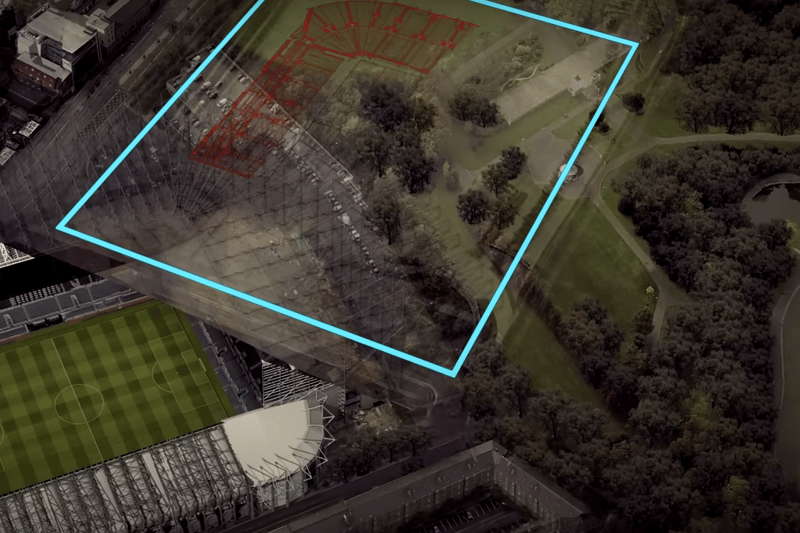
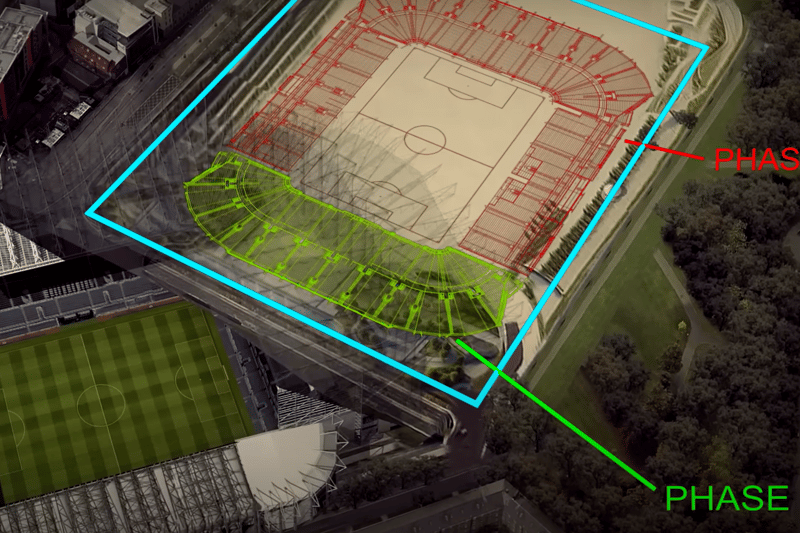
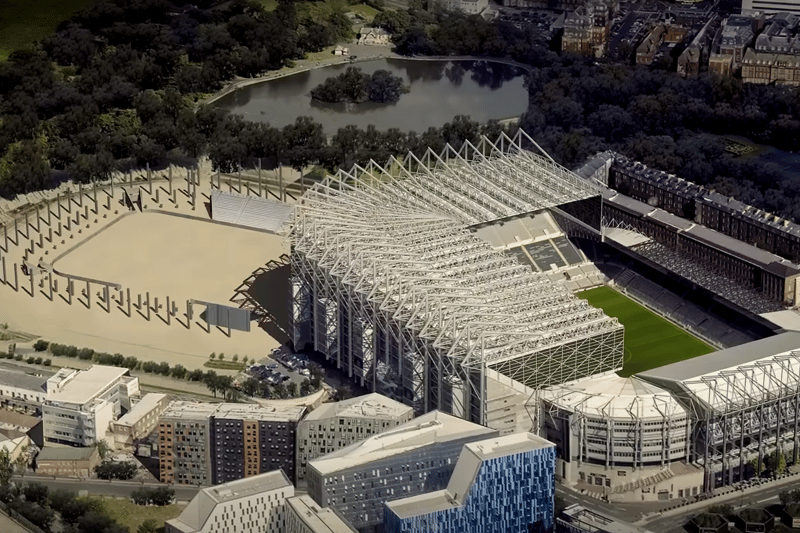
While some fans are intrigued by the idea of building a new stadium next to the current one similar to Tottenham’s rebuild on the White Hart Lane footprint—others find the idea unsettling.
Newcastle have played at St James’ Park since the club’s formation, and tearing it down, even in phases, would mark the end of a defining landmark. Some of the designs propose a gradual deconstruction of the current stadium while a new one rises beside it.
Others show a completely new venue positioned just a few steps from the existing ground. Each version tries to balance the practical limits of redevelopment with the emotional weight of leaving a historic home.
Building on Leazes Park, while visually impressive, carries its own set of problems. The area is part of a conservation zone, and previous attempts to develop it faced intense backlash.
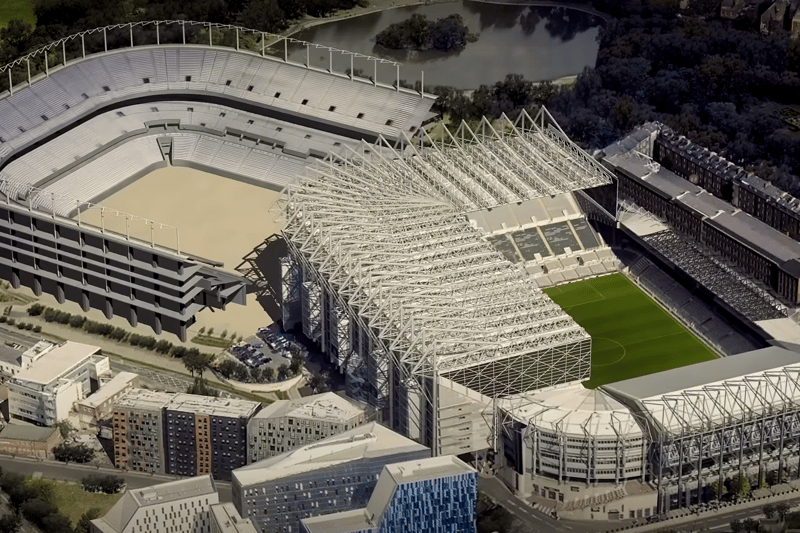
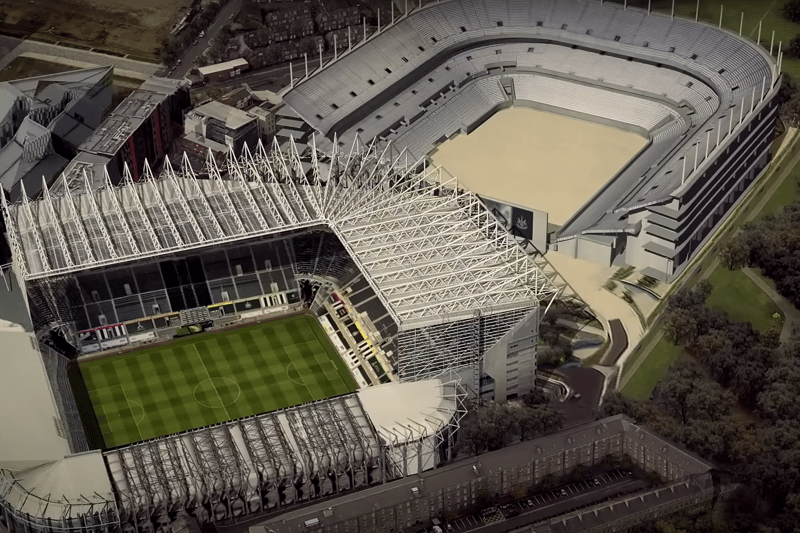
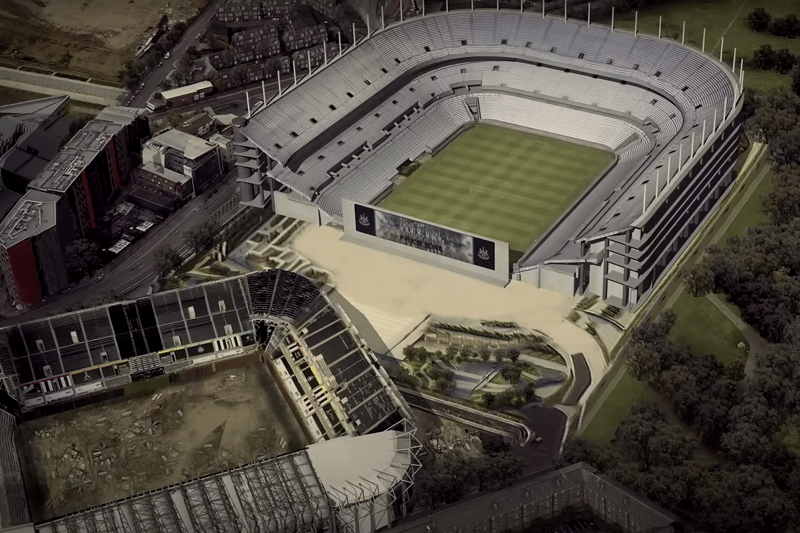
Even if a new stadium offered world-class facilities, expanded capacity, and future growth, many fear the loss of cherished green space. Others worry that the proximity to the lake and surrounding landscape could restrict expansion later on.
What every concept has in common is the scale of ambition. Whether expanding the Gallowgate, elevating the pitch, constructing stands of equal height, or moving to an entirely new plot, any major redevelopment would transform Newcastle’s presence in the Premier League.
A capacity above 60,000 would elevate the club into the upper tier of English football venues, unlocking new commercial opportunities, matchday revenue, and global visibility.
Yet even the most breathtaking vision does not solve the one issue fans keep returning to: communication. Supporters are desperate to know what the ownership truly intends to do.
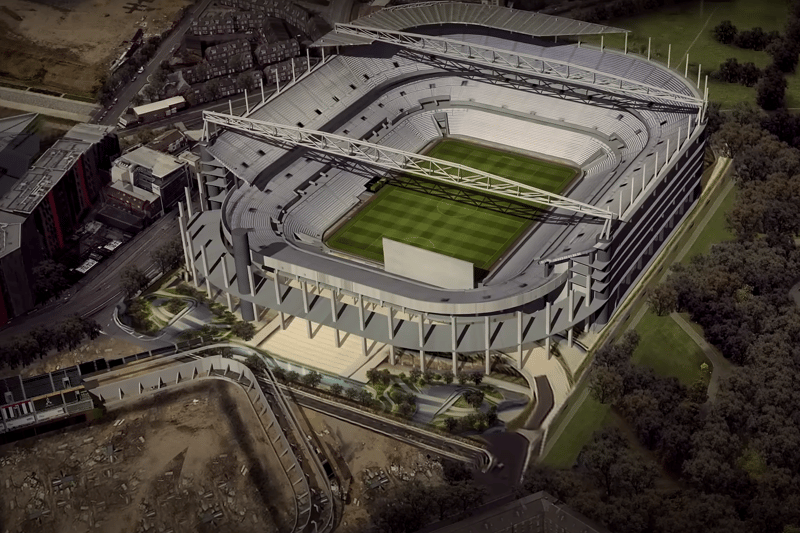
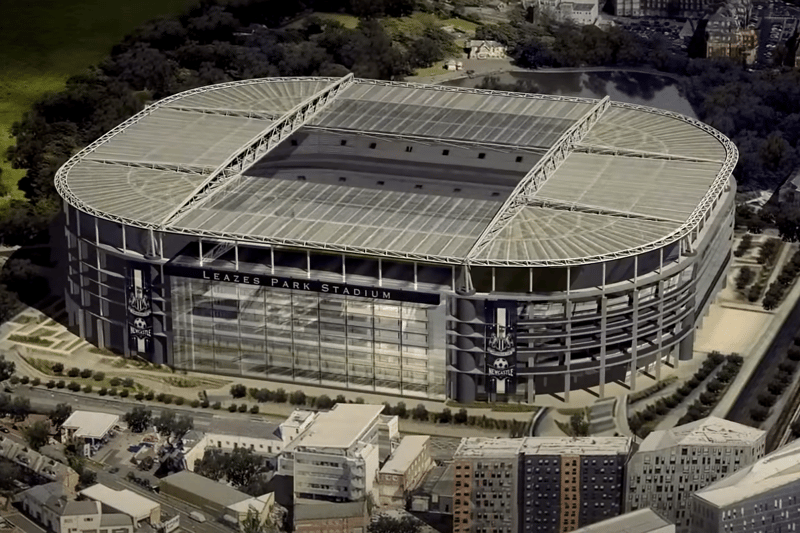
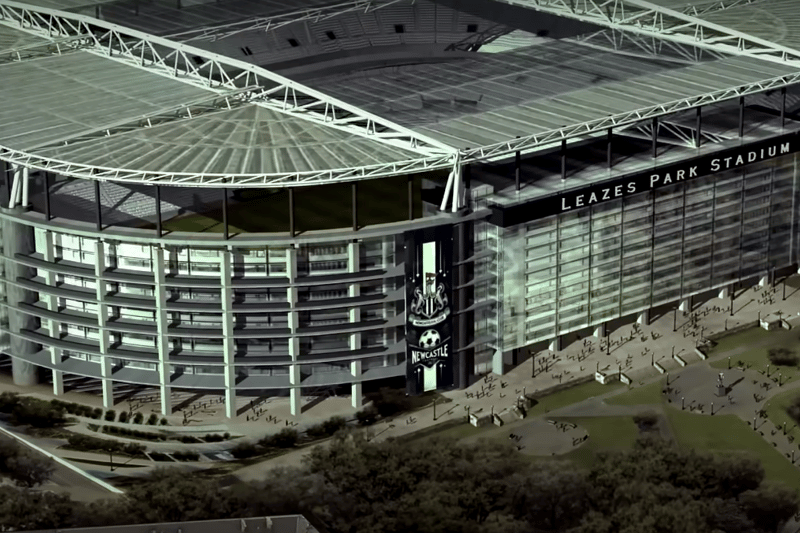
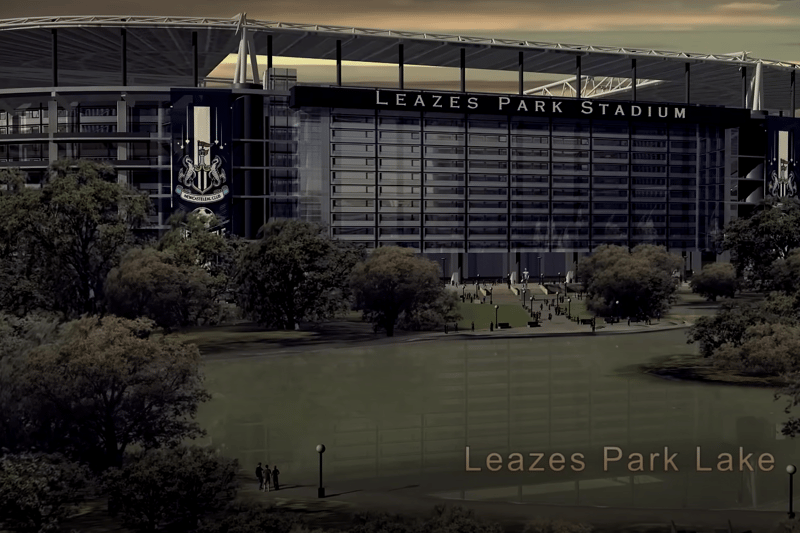
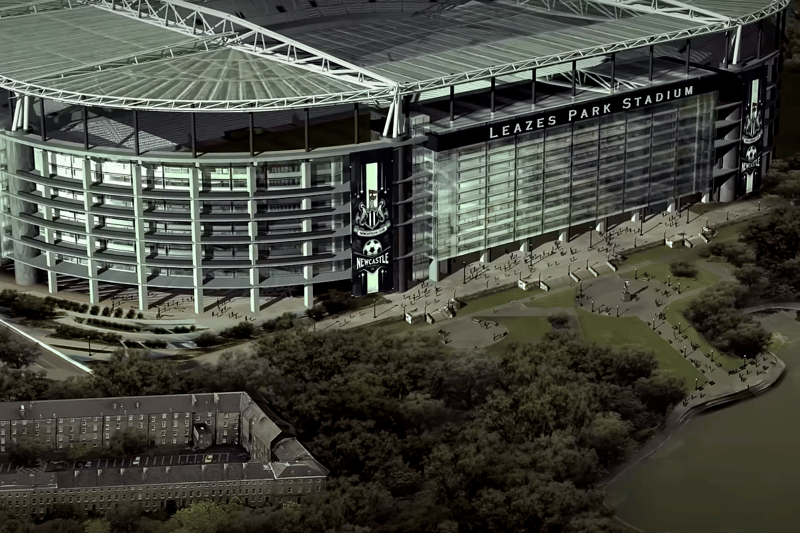
They want transparency, honesty, and reassurance that the history of St James’ Park will be respected while future ambitions are pursued. Euro 2028 may have secured the stadium’s immediate place in football, but it has not addressed the long-term plan that supporters care about most.
Newcastle United stand at the crossroads of tradition and transformation, torn between a beloved past and a thrilling future.
The next decision about St James’ Park will shape not only the club’s identity, but also the city’s skyline and spirit for generations. Until the promised update finally arrives in 2025, fans can only speculate, imagine, and debate what the next era of their iconic home will look like.
